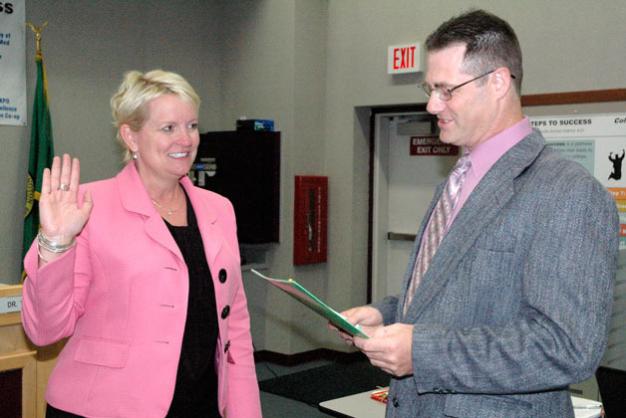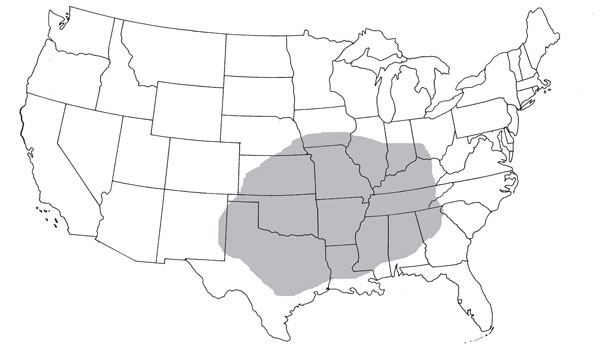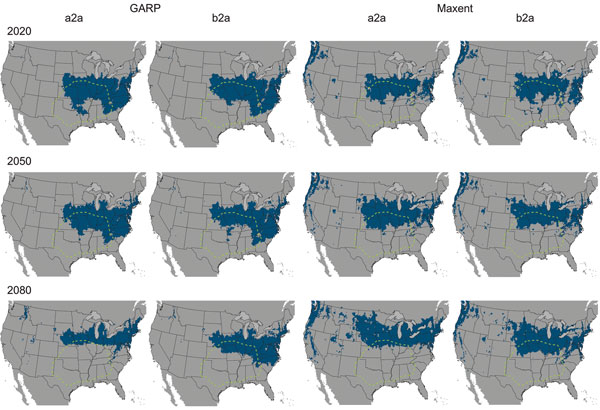Gale Courey Toensing, Indian Country Today Media Nework
A federal appeals court has ruled that the slot machines leased by the Mashantucket Pequot Tribe from non-tribal businesses can be taxed.
The ruling by the 2nd Circuit Court of Appeals on July 15 reversed a decision by a federal district court judge that said states and their subdivisions cannot tax property on Indian land regardless of who owns it. (Related story: Mashantucket Court Ruling Reaffirms Non-taxable Status of Reservations)
The Nation has the option of asking for a rehearing or filing a petition with the United States Supreme Court to review the appeals court ruling but no such decision has yet been made. “’We just received the decision today and continue to review it,” William L. Satti, the Mashantucket Pequot Tribal Nation’s (MPTN) Director of Public Affairs, said on July 16. “We are disappointed that the Court of Appeals reversed the District Court’s decision, which ruled in favor of the tribe.”
The town of Ledyard called the ruling “a precedent-setting decision in favor of state and local governments,” according to The Day. “With this decision, the town of Ledyard will be able to collect taxes that are critically important to providing government services, including those that result from being a host community for the Foxwoods casino,” said Ledyard Mayor John Rodolico. “This case was just the tip of the iceberg, and our tax revenues would have taken a huge hit if we had not persevered throughout this eight-year legal battle to achieve this victory,” he said.
The ruling notes that the town expends $652,158 annually on services to the Nation offset by around $415,900 in federal aid, leaving the town with $236,258 in non-reimbursed costs. It also notes the MPTN employs 10,000 people and has reimbursed the state more than $56 million for law enforcement services since it opened in 1992. The Nation has contributed almost $3.3 billion from slot revenues to the state and around $85 million in donations to local organizations.
Michael Willis, an attorney with the firm Hobbs, Strauss, Dean & Walker who specializes in Indian tax issues, called the 2nd Circuit ruling “very controversial” because it concerns Indian gaming activities. “I think the shocking part of the 2nd Circuit Decision is there are specific provisions in IGRA that indicate that states are not allowed to tax Indian gaming activities and in order to get around that the 2nd Circuit says owning a slot machine is not in itself a gaming activity,” Willis told Indian Country Today Media Network. “But the reality is if slot machines were not engaged in Class III gaming activity on behalf of the tribe, they’d be illegal in the State of Connecticut so, really, it’s hard to fathom how the 2nd Circuit comes up with the view that slot machines are not engaged in gaming activity. It’s absurd. It overturns what was a fairly reasoned opinion in the lower court.”
In March 2012, a federal court granted the Nation’s motion for summary judgment in complaints it had filed against the town in August 2006 and September 2008 on behalf of two vendors – New Jersey-based Atlantic City Coin & Slot Co. and WMS Gaming – who lease slot machines to the tribe for use at Foxwoods Resort Casino. The Nation had argued that imposition of the tax by the town was preempted by the federal Indian Trader Statutes and the Indian Gaming Regulatory Act (IGRA) and cited White Mountain Apache Tribe v. Bracker, which balances federal, state and tribal interests, federal district court Judge Warren W. Eginton upheld the Nation’s position and wrote in his ruling, “Indian tribes are distinct sovereign entities that are ‘distinct, independent political communities retaining their original natural rights.’” Worcester is one of the Marshall Trilogy cases from 1823 to 1832 that set the foundation for Indian law. The trilogy paradoxically asserts the sovereignty of Indian nations while denying them land rights other than occupancy. “States do not have authority to regulate Indian tribes where a state law is preempted by federal law or infringes upon the ‘right of reservation Indians to make their own laws and be ruled by them,’” Eginton said.
But the appeals court said the federal court had erred and none of MPTN’s arguments bars the town from taxing a non-tribal entity. The panel called it a “close case” but ultimately ruled in favor of the state and town of Ledyard. “[T]he tribe’s generalized interests in sovereignty and economic development are not significantly impeded by the state’s generally-applicable tax; neither are the federal interests protected in IGRA,” the ruling says. “The town has moderate economic and administrative interests at stake, and the affront to the state’s sovereignty on one hand approximates the affront to the tribe’s sovereignty on the other. The balance of equities here favors the town and state.
The town spent more than $900,000 on legal fees in the case, according to The Day. The 2nd Circuit ruling notes that the slot machines leased by the two companies combined generate $20,000 in annual property taxes.
Read more at http://indiancountrytodaymedianetwork.com/2013/07/22/attacking-sovereignty-2nd-circuit-rules-tax-slots-tribal-casino-150526

















